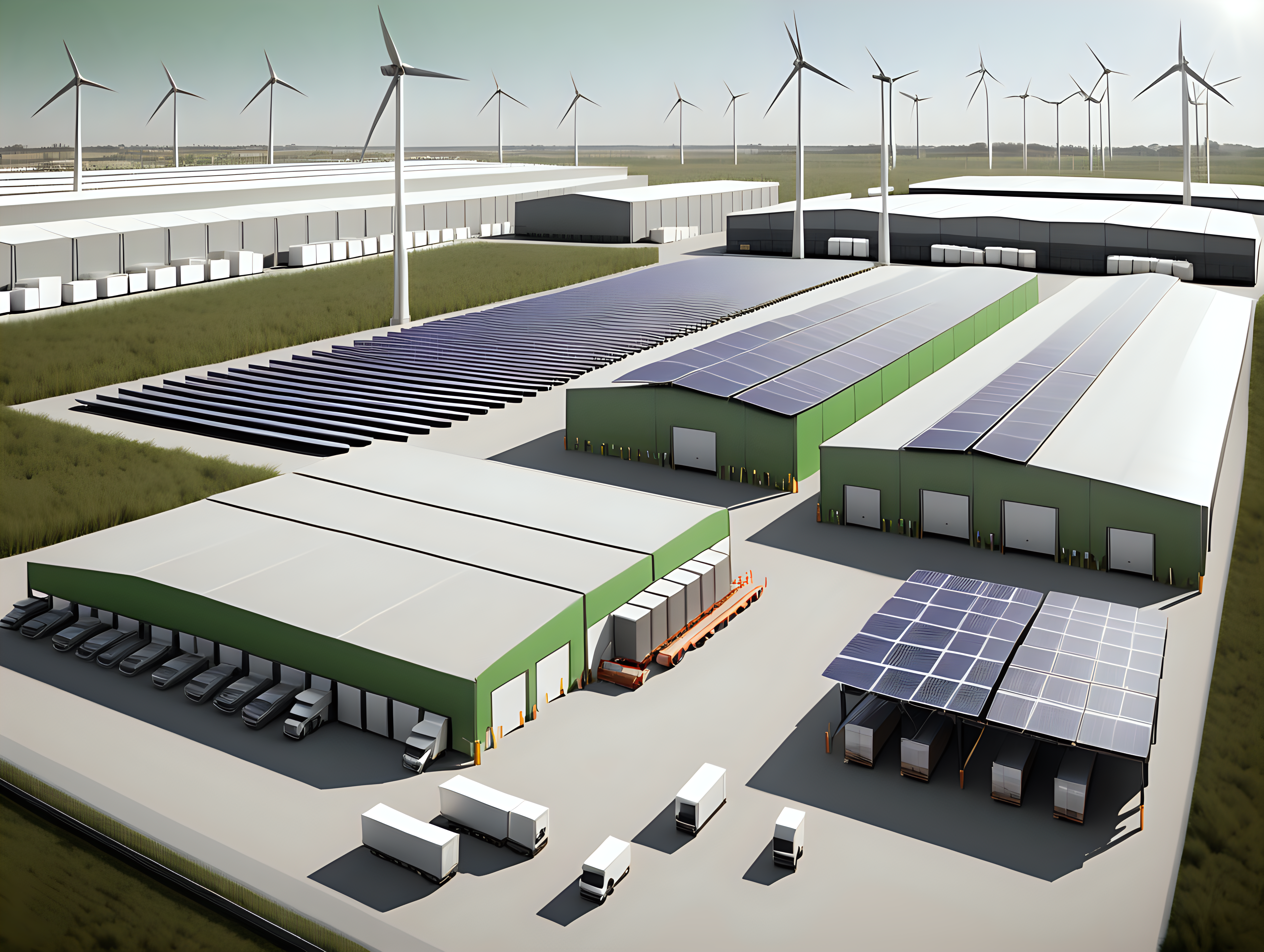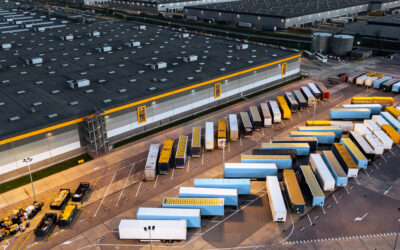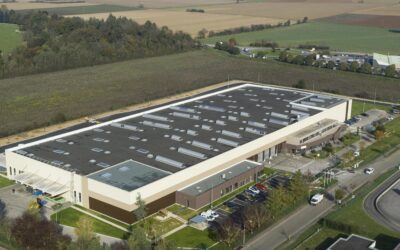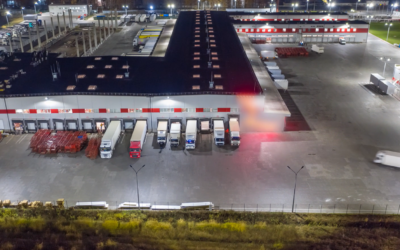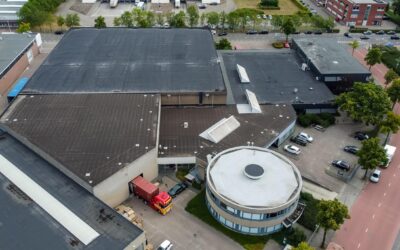Supply chains are sustainability’s new frontier. With a 9% share of global gross domestic product (GDP), the logistics industry – ocean and air freight, road and rail transport, ports and warehouses – is responsible for 11% of global greenhouse gas emissions. With sustainability in mind, supply chains are undergoing a remarkable transformation to reduce their environmental impact and carbon footprint, spurring the adoption of sustainable practices, be they investing in green buildings, using renewable energy sources and optimizing supply chains. But how exactly will warehouses be impacted throughout the pursuit of increased sustainability?
Green foundations: a ripple effect on the supply chain
The World Economic Forum estimates that logistics accounts for around 5.5% of the global GHG emissions, 13% of which were allocated to logistics buildings: opting for eco-friendly construction materials and energy-efficient layouts plays a crucial role in mitigating environmental impact. In effect, many developers and property owners are seeking to achieve green certifications on their logistics portfolio. Stricter real estate regulations are contributing to this shift, with the introduction of fines for renting out properties whose Energy Performance Certificate (EPC) does not meet a minimum threshold. Knight Frank estimates that approximately 60% of warehouse space in the UK could face challenges in finding tenants by 2030 if not upgraded to meet new sustainability standards (‘C’ starting in 2027 and ‘B’ rating by 2030). There is an urgency for logistics real estate to adhere to higher sustainability standards to remain competitive and compliant with evolving environmental regulations. The initial and most significant focus should be on lighting, as ambient warehouses typically consume over 60 kilowatt hours per square foot annually, with lighting accounting for a mere 70 percent of that power consumption.
Powering logistics operations with renewable energy
The commitment to environmental responsibility extends beyond warehouse development to encompass broader initiatives that redefine the traditional approach to energy consumption. The burgeoning advancements in renewable energy sources reflect industries’ growing recognition of the urgent need to transition towards clean energy production. Warehouse roofs, with their expansive and elevated surfaces, play a pivotal role in advancing clean energy production through the installation of solar panels. In the UK for example, a substantial 74 billion square meters of unused warehouse rooftop space could more than double the country’s annual solar energy production in 2021. Beyond environmental benefits, the adoption of solar energy may generate savings as energy bills for warehouses account for about 15% of their total operating costs. Developing solar on warehouse roofs may be challenging, though, and is often limited by structural and logistical constraints, not to mention the difficulty of selling excess energy.
Sustainability considerations might well reshape supply chain standards in the future
The transition to eco-friendly energy sources introduces fresh challenges for the warehouse industry. Developers grapple with the surging demand for electricity, essentially driven by the proliferation of electric vehicles — exemplified by Amazon’s 2022 commitment to invest over €1 billion in electrifying its European transportation network to curtail carbon emissions. All the while, escalating temperatures necessitating additional air conditioning systems are exacerbating the pressure to facilitate access to green energy even further, not to mention the implementation of robotics and automation. Yet, installing chargers at warehouses poses challenges as it requires sufficient power and space without disrupting freight-handling operations. Until recently, occupiers and developers primarily grappled with challenges related to labor and distribution. However, over the past year, the focus has shifted significantly towards power concerns, and how to ensure an adequate and sustainable power supply to warehouse facilities. The question arises: will electricity load surpass location as the primary driver in warehouse development in the future?
The increasing call for sustainability leads to further repercussions on the logistics scenery, with logistics providers reassessing their previous criteria for warehouse locations with the objective of cutting down on transportation costs and, ultimately, decreasing associated CO2 emissions. The optimization of delivery routes may fuel a trend toward warehouse locations closer to customers to reduce delivery distances and emissions. Additional location considerations may also influence tenants in the future. In the Netherlands, certain companies are strategically situating warehouses close to waterways, facilitating the transportation of goods through ships and barges, recognized for their reduced carbon footprints in comparison to trucks.
Convergence of sustainability goals among all supply chain stakeholders
A remarkable 53% of the top 100 industrial and logistics firms have set net-zero targets (JLL), indicating a rising wave of environmentally conscious tenants propelling the growing demand for sustainability. This surge is anticipated to usher in significant transformations in the warehouse landscape. Embracing sustainability emerges as a critical imperative for thriving in today’s market. The journey toward interconnected sustainability propels us into a future where every facet of the supply chain aligns with principles of environmental responsibility, paving the way for a greener and more resilient global infrastructure.
References
World Bank, Massachusetts Institute of Technology, Smart Freight Centre, JLL, Meteor Space
